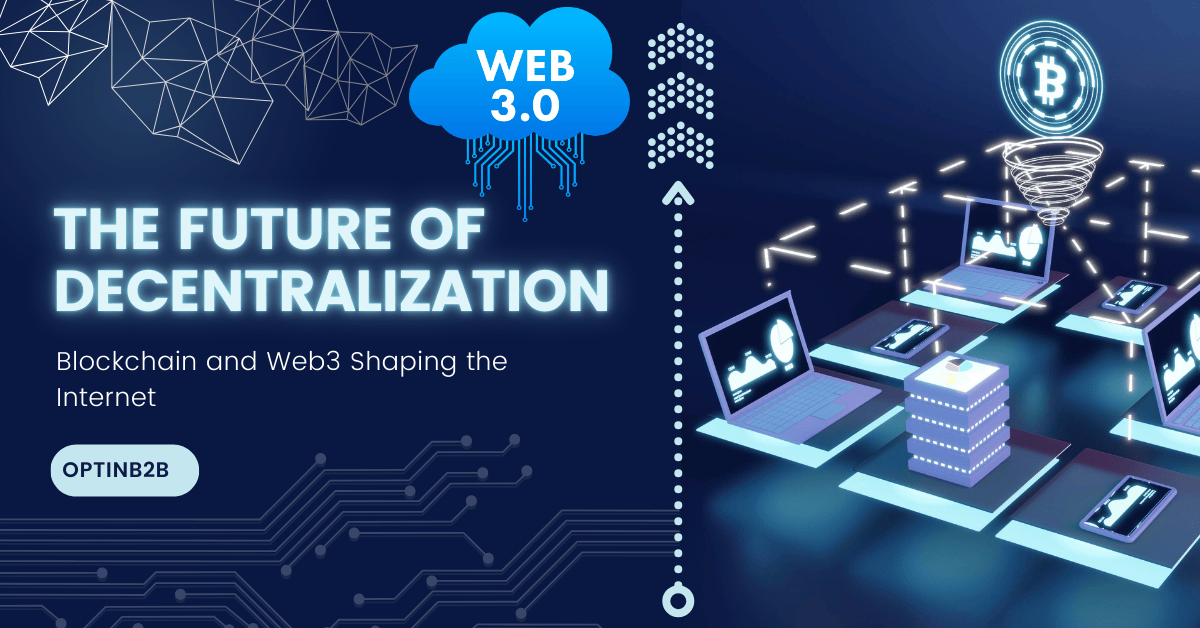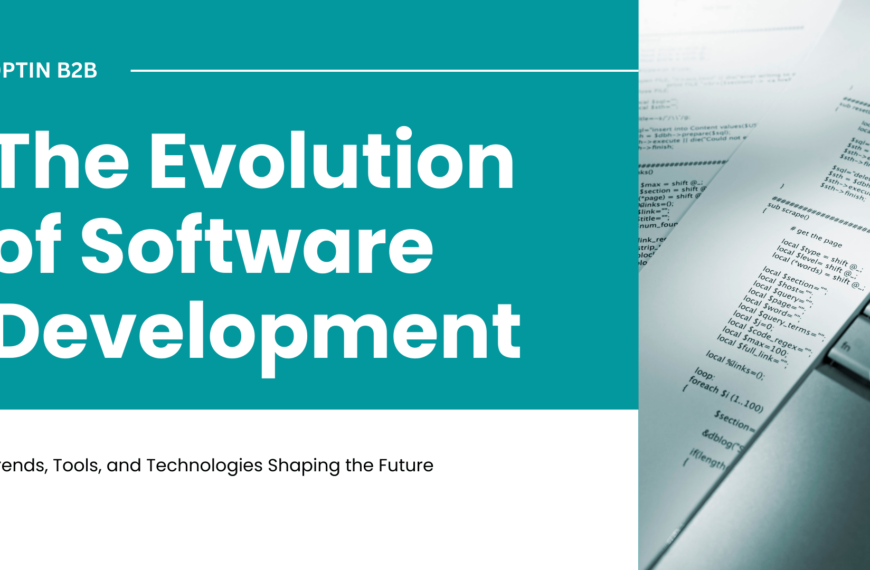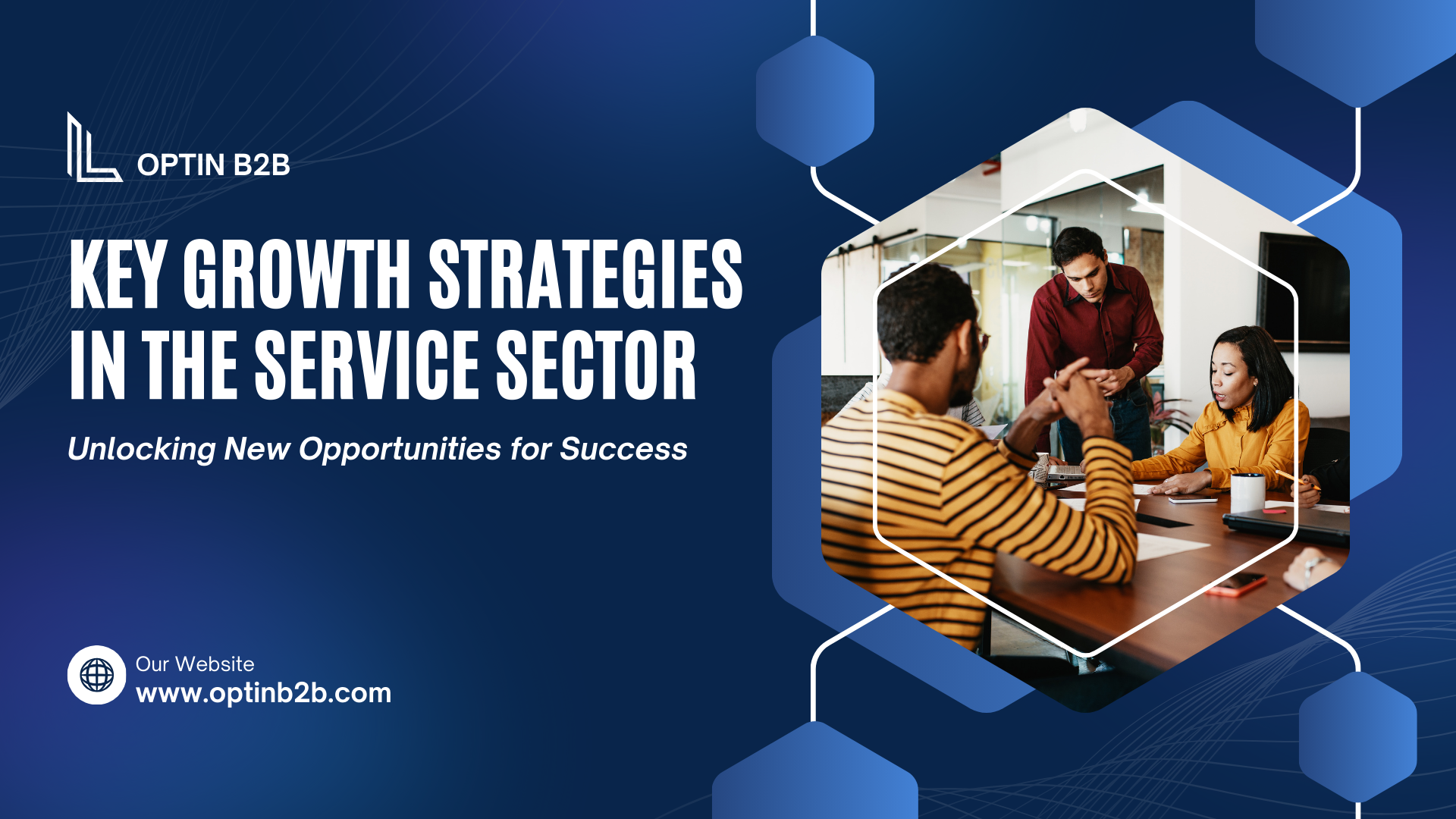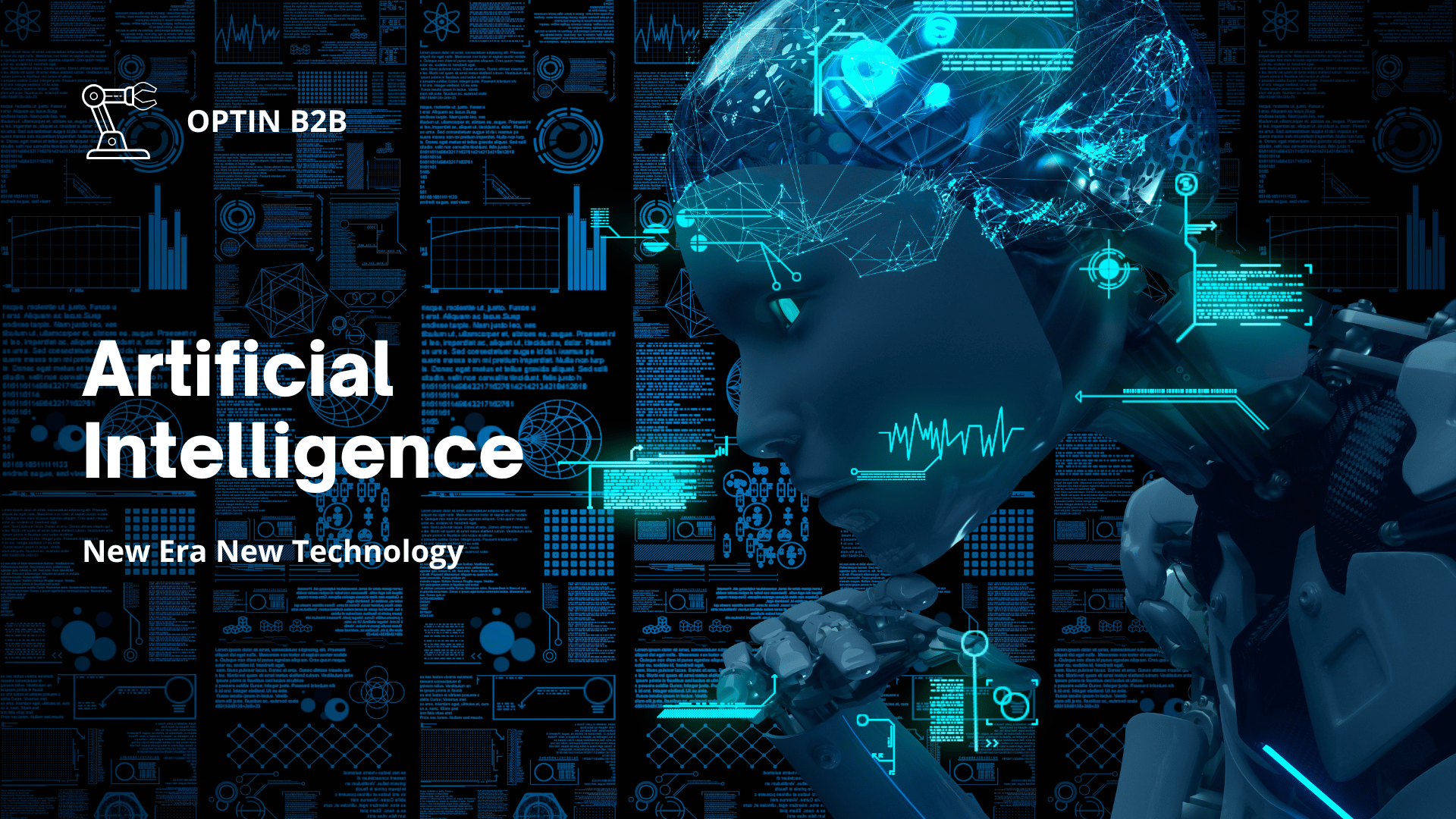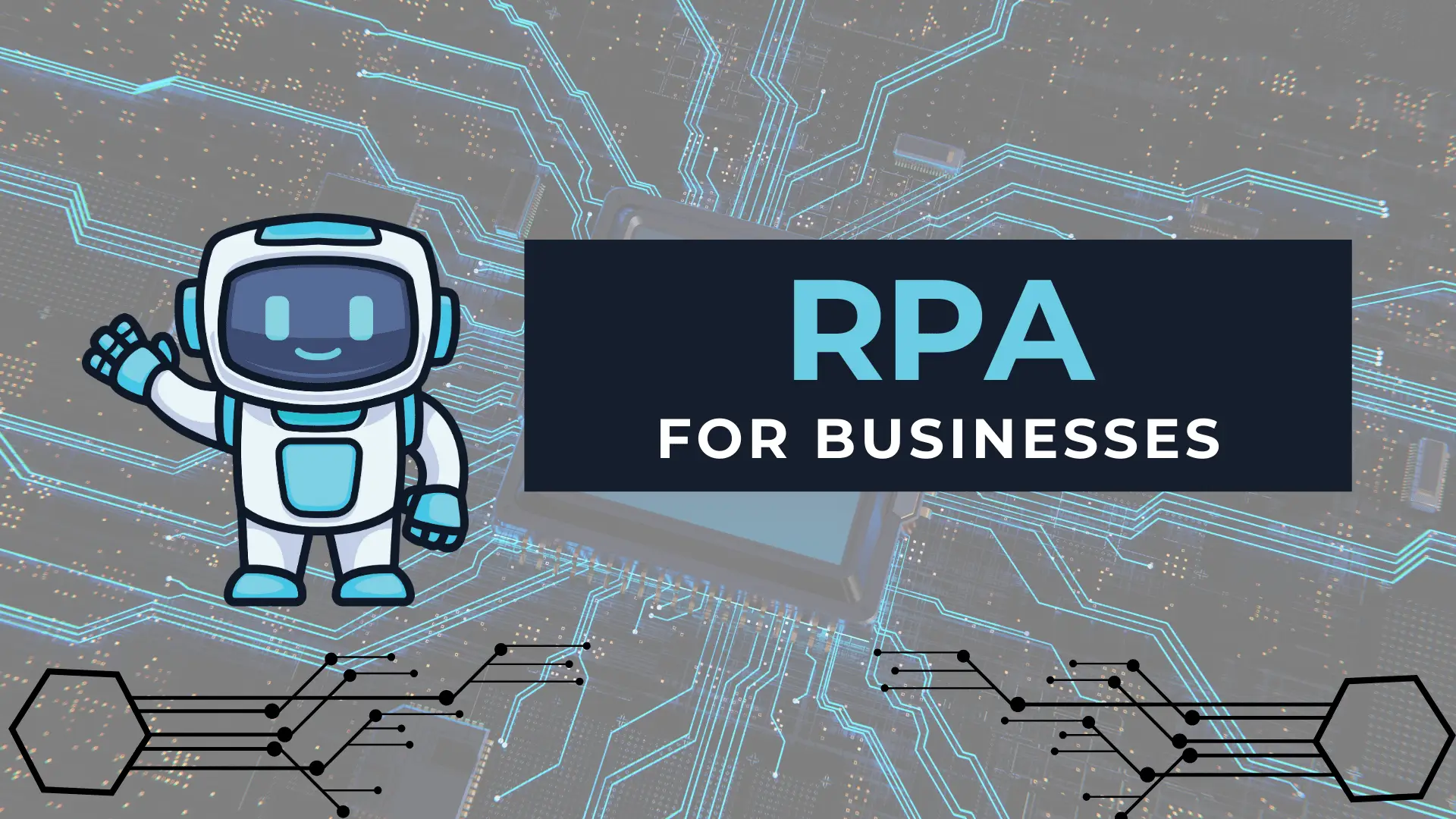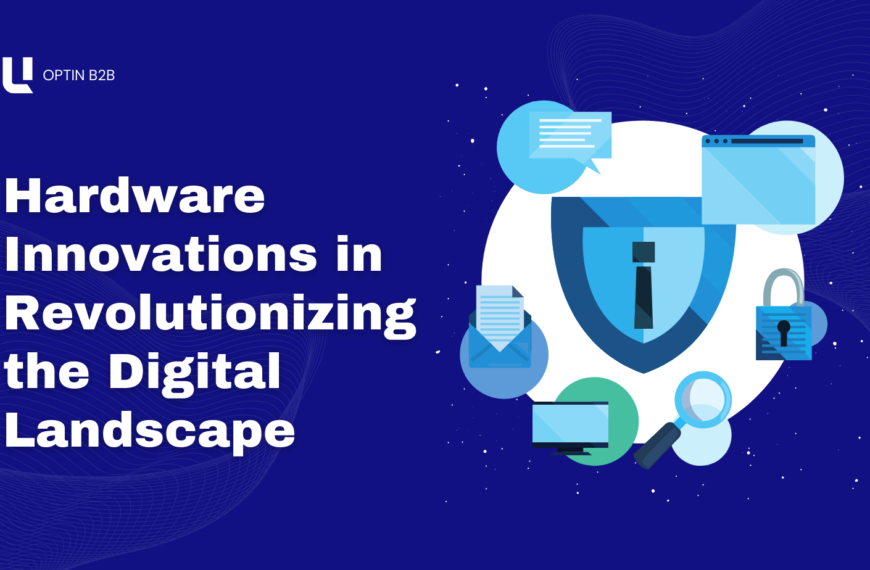Blockchain and Web3 technologies are transforming the digital landscape by enabling decentralization, transparency, and user empowerment. They promise to disrupt traditional business models across industries, creating a more secure and equitable digital ecosystem.
One of the most impactful applications of blockchain is in finance. Platforms like Ethereum and Solana have facilitated the rise of decentralized finance (DeFi), allowing users to trade, lend, and borrow without intermediaries. These platforms are creating financial systems that are more inclusive and accessible, particularly in regions underserved by traditional banking.
Beyond finance, blockchain is revolutionizing supply chain management. Companies like IBM are leveraging blockchain to enhance traceability and transparency. Their Food Trust initiative uses blockchain to track the journey of food products, ensuring authenticity and reducing food fraud. This not only builds consumer trust but also streamlines logistics.
Web3 technologies are driving innovations in digital identity and ownership. For instance, Polygon is advancing the concept of self-sovereign identity, enabling individuals to own and control their personal data. This shift is particularly relevant in an era where privacy concerns are at an all-time high.
Non-fungible tokens (NFTs) represent another facet of Web3 innovation. While initially associated with digital art, NFTs are now being used for ticketing, intellectual property, and real estate. Companies like OpenSea are at the forefront of this movement, creating marketplaces that facilitate the exchange of digital assets.
However, challenges such as scalability, environmental impact, and regulatory uncertainty remain. The energy-intensive nature of some blockchain networks has sparked criticism, prompting the adoption of more sustainable approaches like Ethereum’s transition to proof-of-stake.
As blockchain and Web3 continue to evolve, their potential to reshape industries and empower individuals becomes increasingly clear. By breaking down centralized structures, these technologies are not just transforming the internet—they are redefining the way we interact, transact, and build in the digital age.

